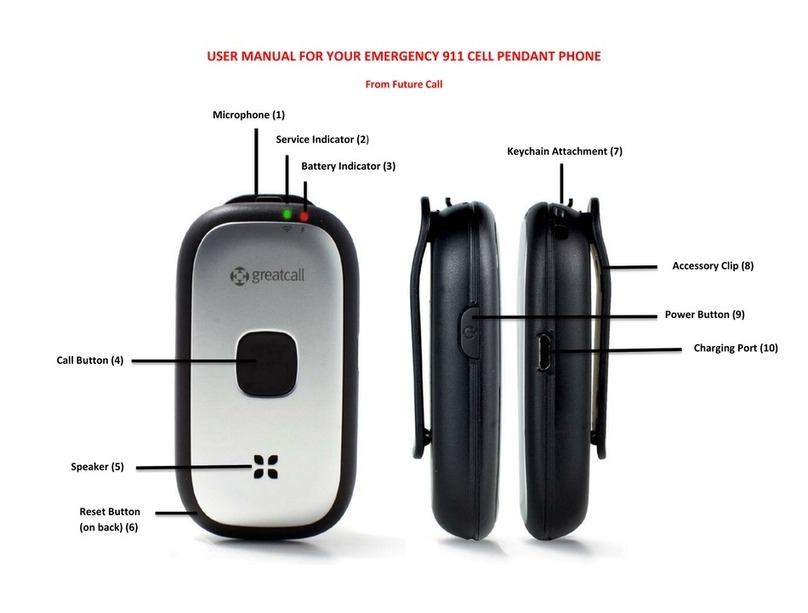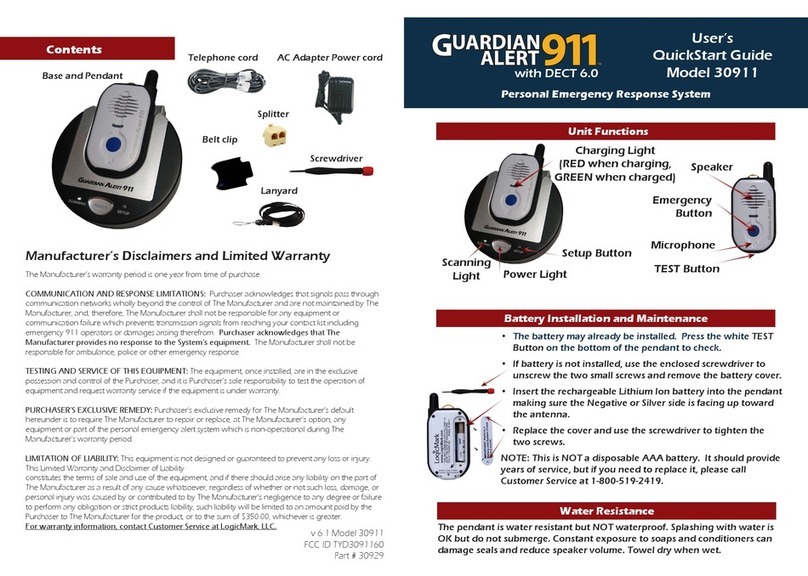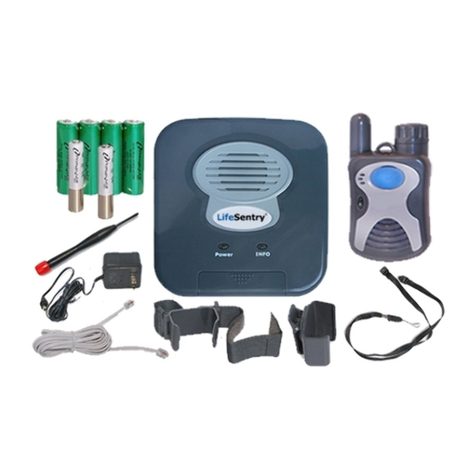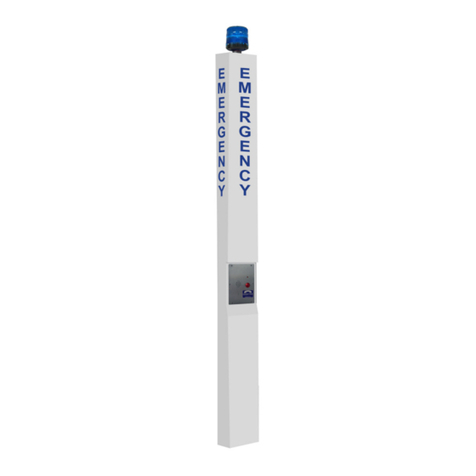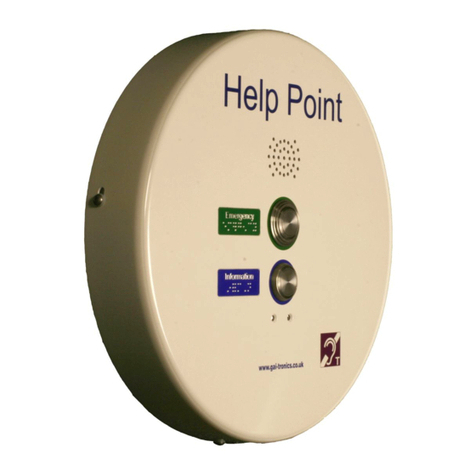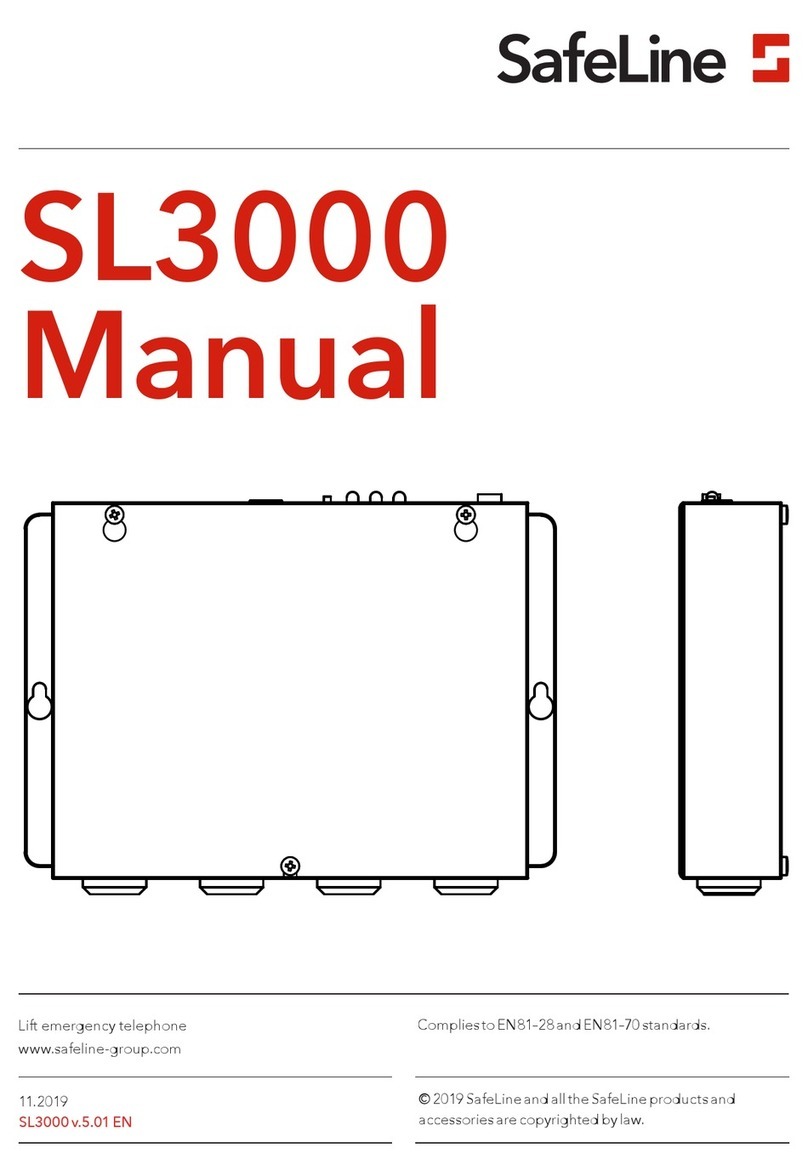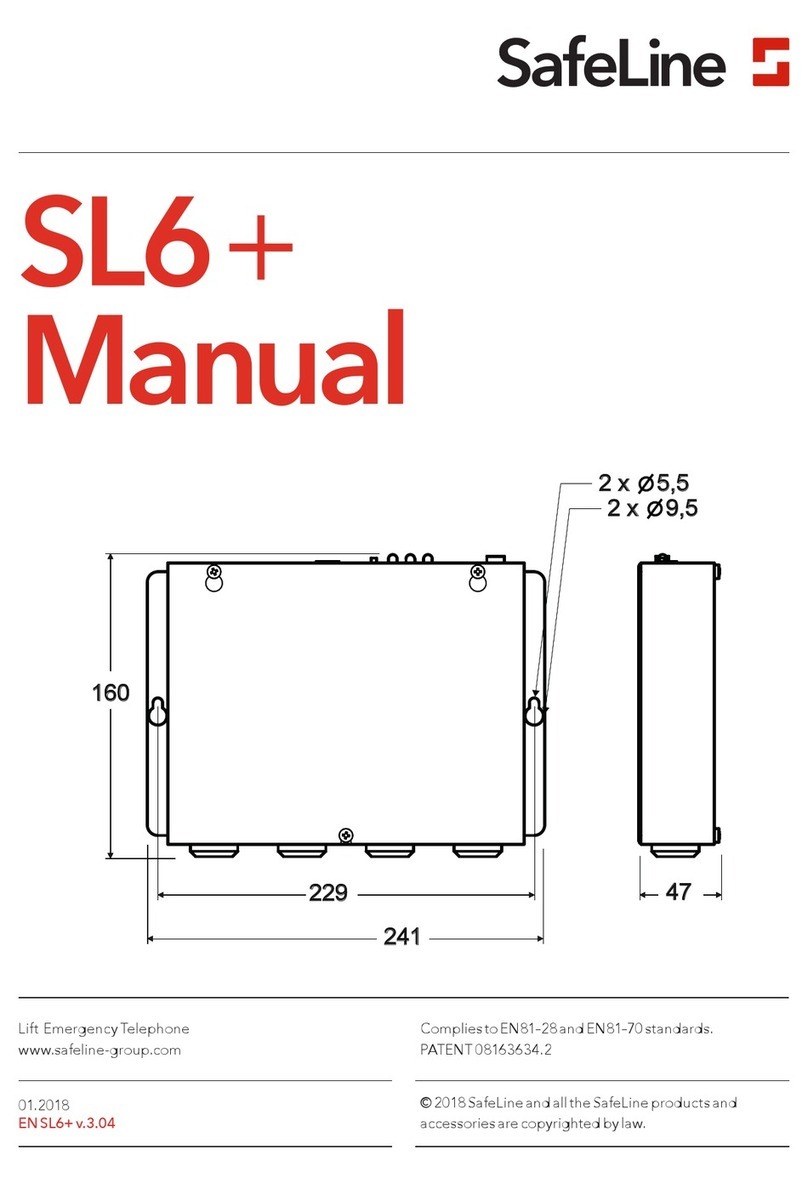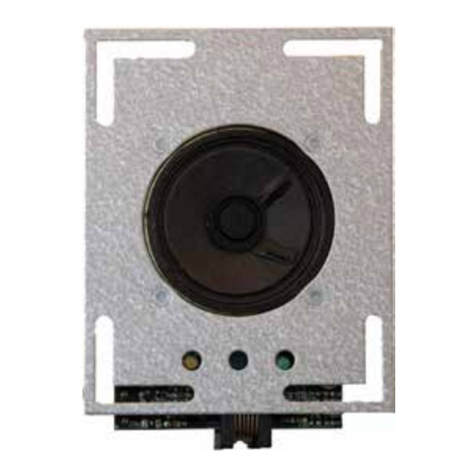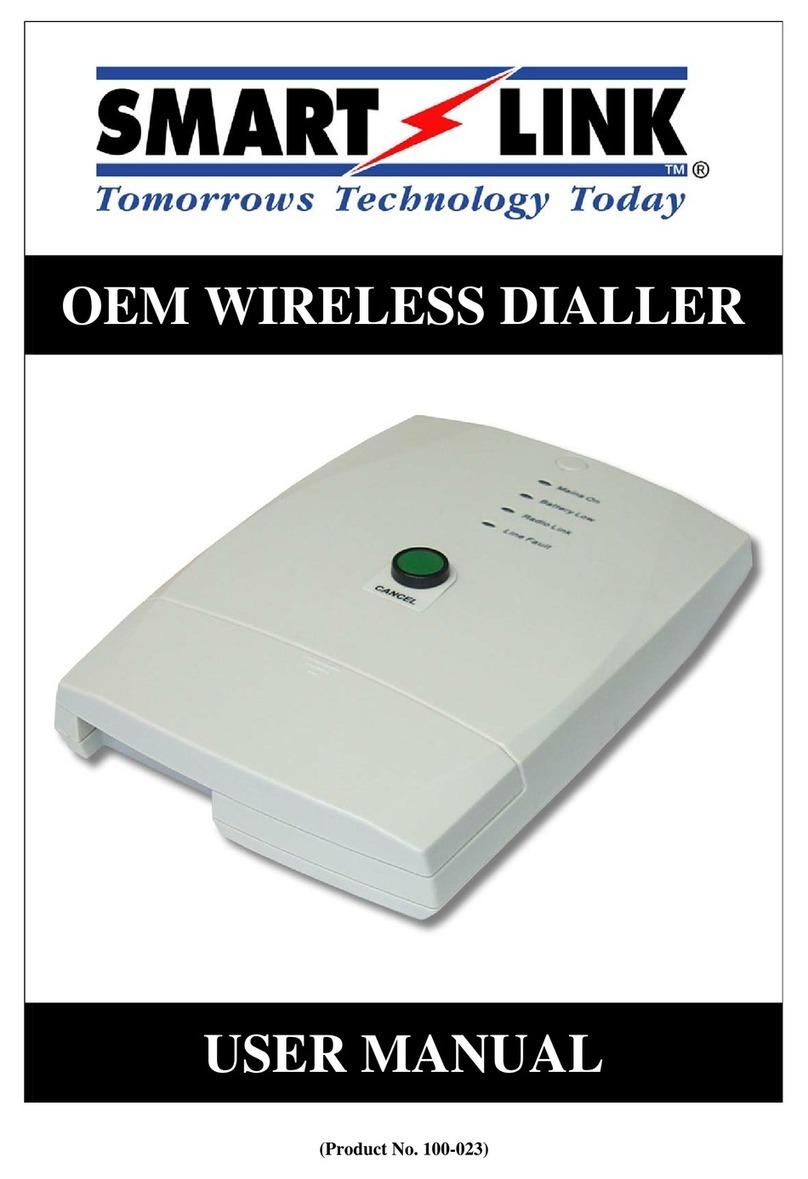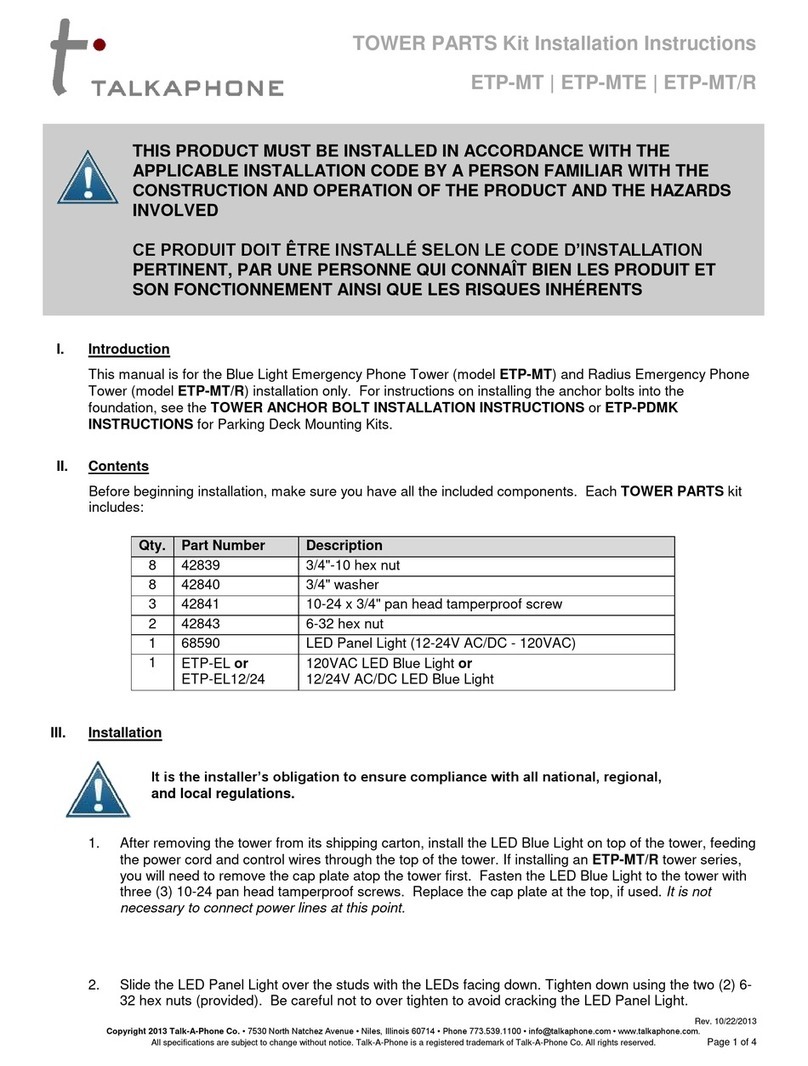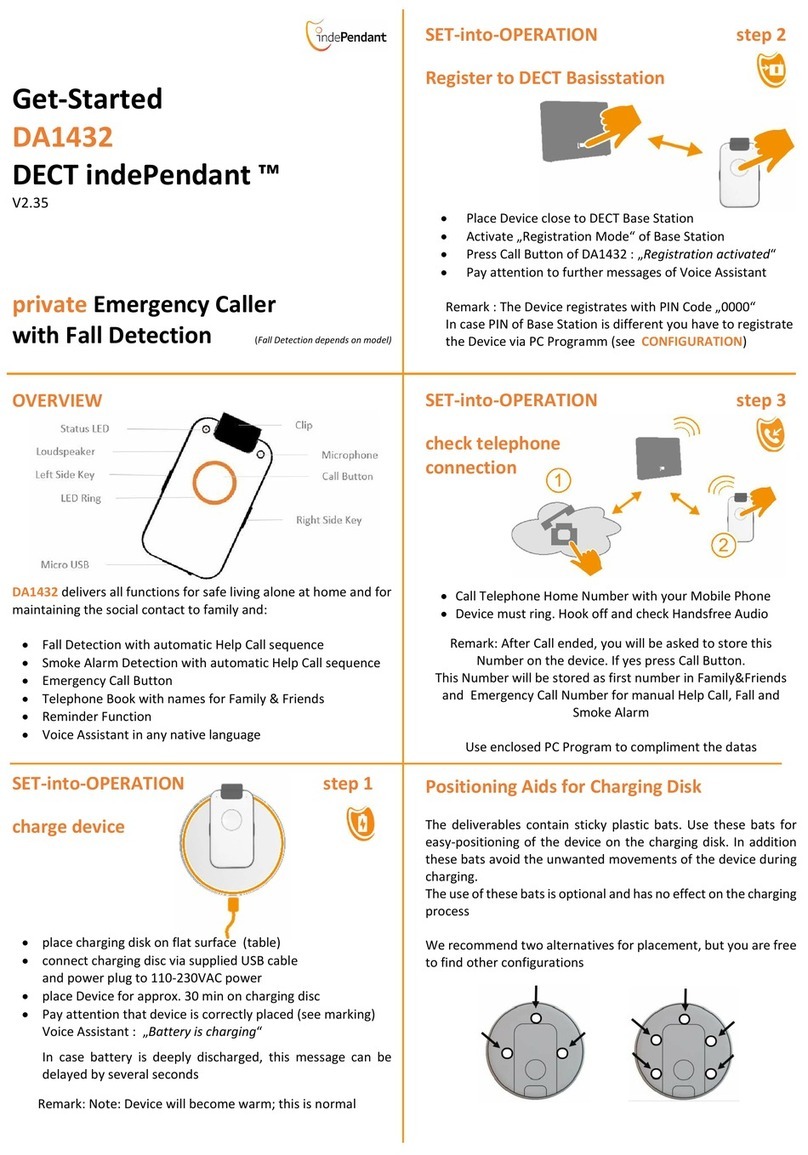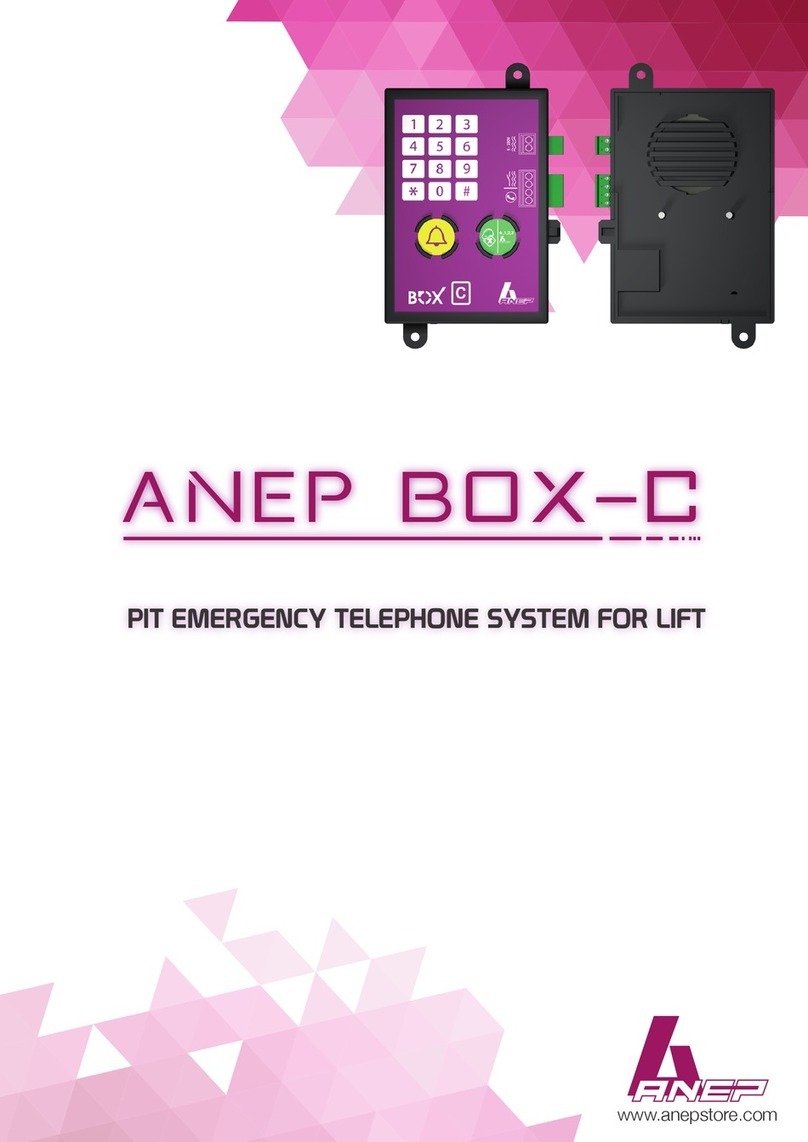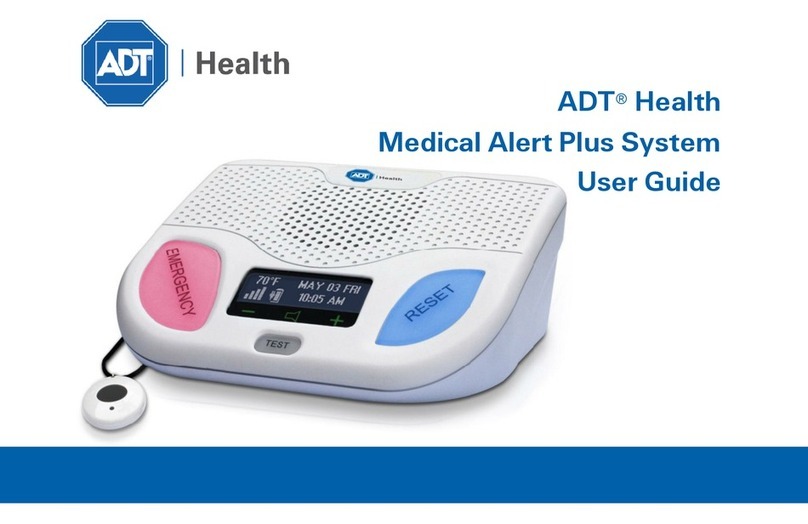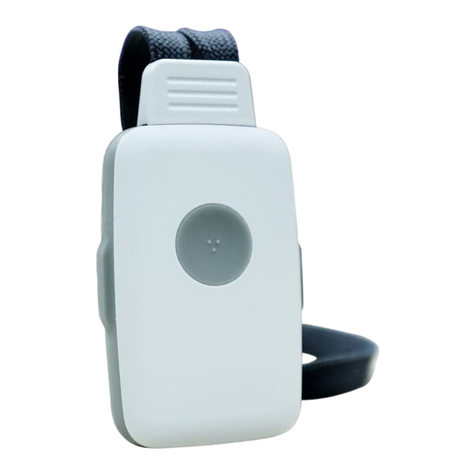4
© 2010 SafeLine and all the SafeLine products and accessories are copyrighted by law.
Introduction
ENGLISH V. 4.02
GENERAL INFORMATION
The emergency telephone SafeLine was built to state of the art-technology and to generally recognized
safety-related technical standards currently applicable. These installation instructions are to be followed by
all persons working with the SafeLine, in both installation and maintenance.
It is extremely important that these installation instructions are made available at all times to the relevant
technicians, engineers or servicing and maintenance personnel. The basis prerequisite for safe handling
and trouble-free operation of this system is a sound knowledge of the basic and special safety regulations
concerning conveyor technology, and elevators in particular.
The SafeLine may only be used for its intended purpose. Note in particular that, no unauthorized changes
or additions may be made inside the SafeLine or to individual components.
Exclusion of liability
The manufacturer is not liable with respect to the buyer of this product or to third parties for damage,
loss, costs or work incurred as a result of accidents, misuse of the product, incorrect installation or illegal
changes, repairs or additions. Claims under warranty are likewise excluded in such cases. The technical
data is the latest available. The manufacturer accepts no liability arising from printing errors, mistakes and
changes.
CONCERNING YOUR PERSONAL SAFETY
These operating instructions provide you with important safety details and information required for proper
installation of the SafeLine.
Carefully read through these operating instructions in full.
• Please refer to the current regulations.
• The mechanic must be familiar with the basic regulations concerning safety at work and accident
prevention and have been suitably instructed in the handling of elevators.
• Before installing the SafeLine system, secure the elevator to prevent it from being switched on
accidentally by someone else. Put up a warning sign at each floor: “Warning” Elevator out of
operation. Service work!”
• Danger of falling! The doors for the elevator at each floor should be kept closed during the
installation work. Block off the areas that constitute a risk.
• Only use tools that are in perfect condition for both installation and servicing work.
• Only carry out the work when the elevator is in ”inspection travel” mode.
• Ensure that lift shaft is clear of all personnel during inspection travel.
DO NOT throw the battery in municipal waste. You may return old SafeLine products, including
batteries, to us for recycling.
